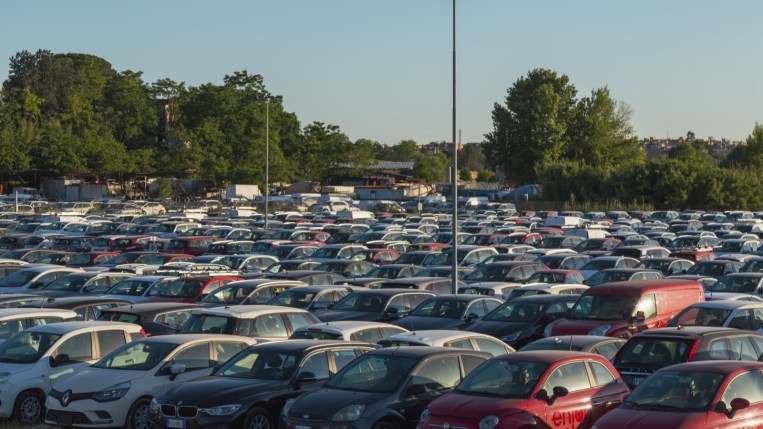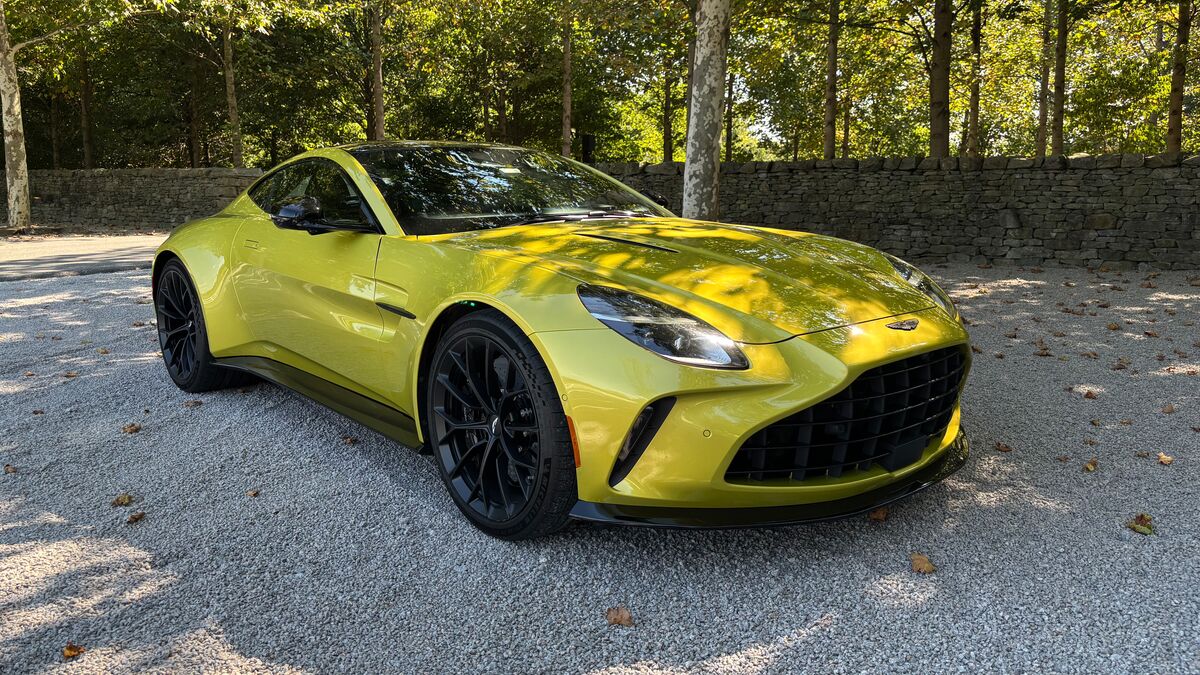
It’s a decline of just $25 from January’s average price.
Shortages Still Impacting Market
Many of the factors that pushed prices higher throughout 2021 are still present, preventing a rapid drop. A worldwide shortage of microchips still prevents automakers from building cars as fast as they’d like to. Automakers have learned to streamline their operations to take some of the sting out of the shortage, and experts say it will likely ease near the end of the year. But it is still placing limits on production this spring.
A shortage of wiring harnesses caused by the war in Ukraine has also restricted production of some European models.
Those factors are keeping new car prices high. They’ve started a slow decline but remain about $5,000 higher than just one year ago. The average new car sold for $46,085 in February.
That sends some buyers into the used market, inflating used car prices.
Tax Return Season Means a Surge in Buyers
Used car sales traditional heat up in the spring as tax returns reach American bank accounts. That will likely help keep prices inflated for a while.
“We are finally beginning to see the important spring bounce in our used-vehicle data,” said Charlie Chesbrough, Cox Automotive senior economist. He noted that in the last week of February, sales of used vehicles were up a hefty 104,000 units from the previous week, marking the best week for used vehicle sales since late November.
“High prices don’t seem to be hampering sales,” said Chesbrough. “But the hot sales caused a big drop in the days’ supply.”
Cox Automotive is the parent company of Kelley Blue Book.
Cheapest Used Cars Still Hardest to Find
The lowest price segments had the lowest inventory and lowest days’ supply, according to Cox Automotive.
Car dealers measure their stock of available vehicles in a metric called days of inventory — how many days it would take them to sell out of cars at the current sales rate if they didn’t acquire more.
At the end of February, vehicles under $10,000 had only a 32 days’ supply. Those priced between $10,000 and $15,000 had a 37 days’ supply. Price segments from $15,000 to $35,000, which represent the biggest volume of supply, had days’ supply ranging from 43 to 59 — the higher the price segment, the higher the days’ supply.







